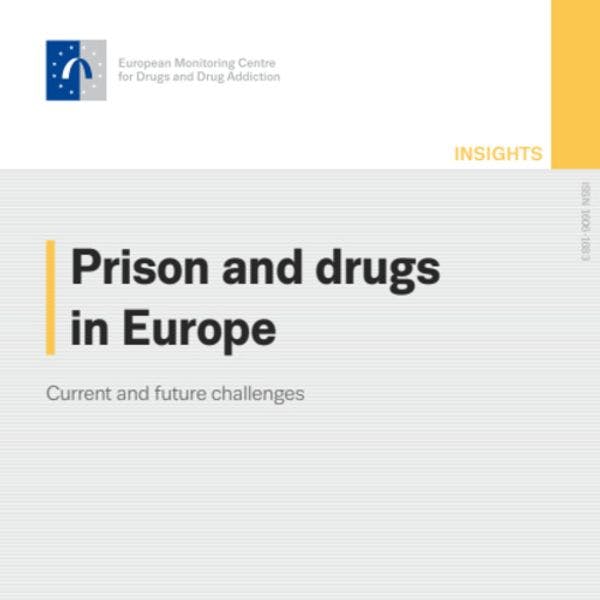EMCDDA
Prison and drugs in Europe: current and future challenges
On any given day, around 856 000 people are in prison in Europe. People in prison are substantially more likely to have used drugs, to use drugs regularly and to experience drug-related problems than their peers in the community. This is so, although there are significant differences between countries, and it is especially marked in the case of women. Yet, available data on the prevalence of drug use among people in prison, on people’s need for addiction care services, on the availability of such services in prison and on the drug supply to prisons remain scarce, and many challenges remain with regard to harmonisation and comparability between countries, despite some progress being made in recent years.
A better understanding of these issues is necessary to inform policy decisions, needs assessment, service planning and drug treatment organisation in prison.
This European Monitoring Centre for Drugs and Drug Addiction (EMCDDA) Insights report provides a comprehensive overview of the current knowledge and latest developments
in the field of drug use and prison in the 30 countries reporting to the EMCDDA up to the end of 2020: the 27 EU Member States, Norway, Turkey and the United Kingdom. It also identifies important gaps in our knowledge, challenges for better provision of interventions and implications for policy and practice. The report provides an overview of the current situation in the field of drugs and prison in the following areas: drug use and drug-related problems among the prison population; the availability of drug-related services in prison; the evidence available for effective interventions in the prison setting; drug supply and supply reduction interventions; and future challenges relating to prison and drugs.
People in prison report high levels of lifetime prevalence of substance use before imprisonment and increased levels of consumption, especially of heroin, cocaine and amphetamines, compared with the general population. Although many people will stop injecting drugs when they enter prison, for those that continue, the use and reuse of contaminated equipment is not uncommon, contributing to an increased risk of transmission of infectious diseases in these settings.
